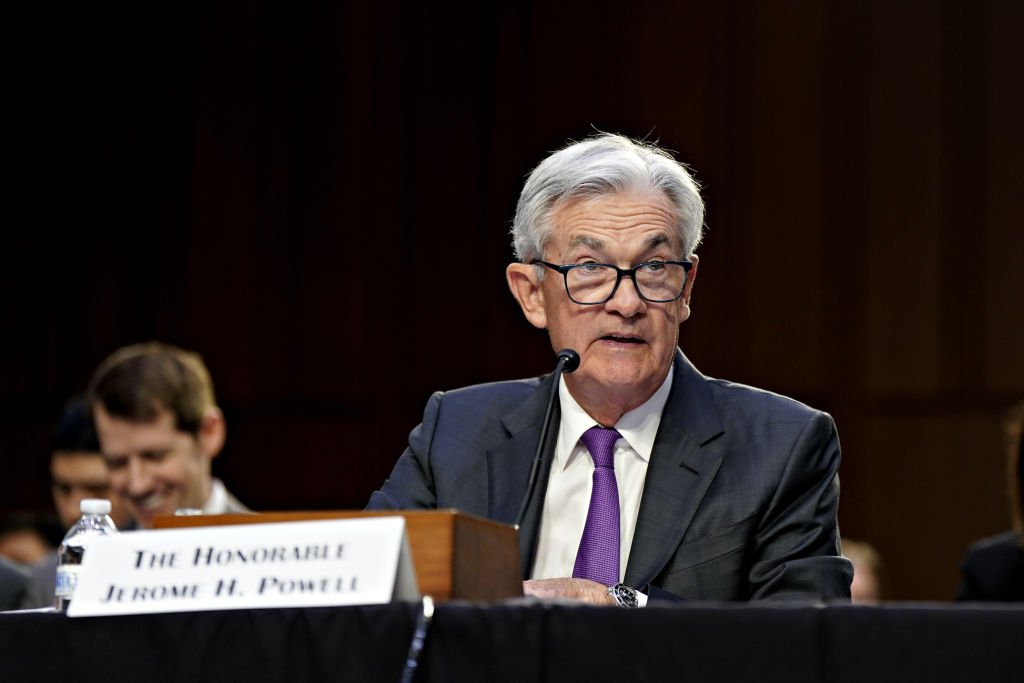Inflationary pressures are easing in the US. Pointing to PCE inflation, ING’s economists said this.
As expected, core prices rose 0.2 percent on a monthly basis in July. It was also 0.2 percent in June.
“That’s what we’d like to see, because with a number like that, annual inflation will hopefully come down to 2 percent in the long run,” says James Knightley, economist at ING.
A slight blemish is that core inflation for services excluding household expenses rose to 0.46 per cent on a month-on-month basis in July compared to 0.3 per cent in June.
“We haven’t seen a slowdown in the year-over-year numbers yet,” Knightley said. “With unemployment at just 3.5 percent, a tight labor market could keep wage pressures high and mean inflation will remain high for a longer period of time,” the economist warned, but the market didn’t seem worried, according to ING.
Consumer spending, which rose 0.8 percent in July, lays a strong foundation for economic growth in the U.S. in the third quarter, which should be between 3.0 and 3.5 percent, according to ING. However, that situation is not sustainable, economist Knightley expects.
feeder
According to Capital Economics, Thursday’s PCE inflation indicated the Fed’s 2 percent target is “now within reach,” wrote economist Paul Ashworth. He counts the cooling of housing costs.
Markets expect the central bank to hold interest rates steady at 5.25 to 5.50 percent in September, followed by another hike in November. The first interest rate cut will take place in the first half of 2024.

“Passionate analyst. Thinker. Devoted twitter evangelist. Wannabe music specialist.”









More Stories
From Concept to Creation: Designing Your Signature Acrylic Nails
How to Care for Your Marginated Tortoise Year-Round
Biden and Xi want to sit down one last time